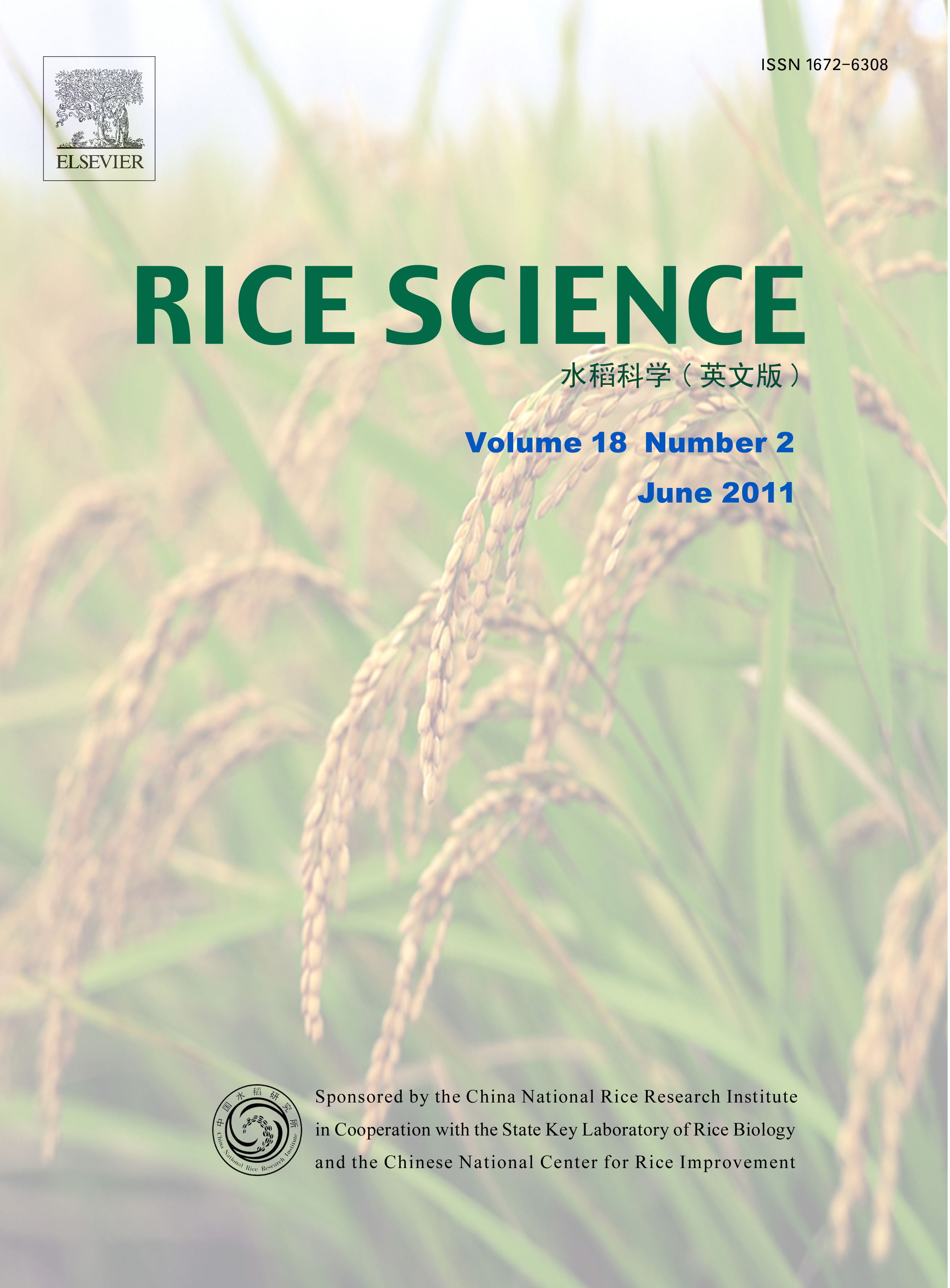|
|
Methods on Identification and Screening of Rice Genotypes with High Nitrogen Efficiency
CHENG Jian-feng1, JIANG Han-yan1, LIU Yi-bai1, DAI Ting-bo2, CAO Wei-xing2
2011, 18(2):
127-135.
In order to establish methods for indentification and screening of rice genotypes with high nitrogen (N) efficiency, N absorption efficiency (NAE), N utilization efficiency (NUE) and N harvest index (NHI) in ten rice genotypes were investgated at the elongation, booting, heading and maturity stages under six N levels in a pot experiment with soil-sand mixtures at various ratios. NAE in various rice genotypes firstly increased, peaked under a medium nitrogen rate of 0.177 g/kg and then decreased, but NUE and NHI always decreased with increasing nitrogen levels. NAE in various rice genotypes ever increased with growing process and NUE indicated a descending tendency of elongation stage>heading stage>maturity stage>booting stage. N level influenced rice NAE, NUE and NHI most, followed by genotype, and the both effects were significant at 0.01 level. In addition, the interaction effects of genotype and nitrogen level on rice NAE and NUE were significant at 0.01 level, but not significant on rice NHI. Because the maximum differences of NAE and NUE were found at the elongation stage, it was thought to be the most suitable stage for identification and screening these two paremeters. Therefore, the optimum conditions for identification and screening of rice NAE, NUE and NHI in a pot experiment were the nitrogen rate of 0.157 g/kg at the elongation stage, low nitrogen at the elongation stage, and the nitrogen rate of 0.277 g/kg at the maturity stage, respectively.
|

